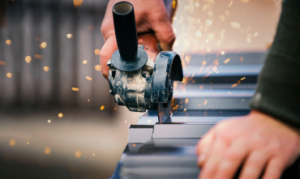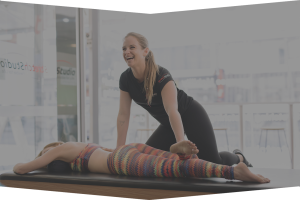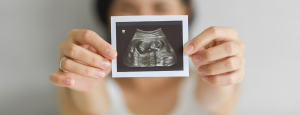
As a food blogger or social media influencer, the quality of your photos can make or break your online presence. While it’s essential to have high-quality equipment and know-how to use it correctly, there are also some editing hacks you can use to take your food photos from good to great.
Here, we’ll share some tips and tricks for editing your food photos like a pro using popular photo editing software such as Adobe Photoshop and Lightroom.
1. Adjust White Balance
White balance refers to the color temperature of a photo. It’s crucial in food photography because it can affect how appetizing your dish looks. If the white balance is too warm, your food may appear yellow or orange, making it look unappetizing. On the other hand, if the white balance is too cool, your food may appear blueish and unnatural.
To adjust white balance in Adobe Photoshop, go to Image > Adjustments > Color Balance. In Lightroom, you can use the Temperature and Tint sliders under the White Balance section to fine-tune the color temperature of your photo.
2. Experiment with Exposure
Exposure refers to how bright or dark a photo appears. It’s another crucial element in food photography as it can determine how well-lit and inviting your dish looks. If a photo is overexposed, it may appear washed out and lack detail. On the other hand, underexposure can make your photo look dark and lose important elements.
To adjust exposure in Adobe Photoshop, go to Image > Adjustments > Exposure. In Lightroom, you can use the Exposure slider under the Basic section to modify the overall brightness of your photo. Experiment with different exposure levels until you find the right balance for your specific dish.
3. Utilize Shadows and Highlights
Shadows and highlights are another essential aspect of food photography. They add depth and dimension to your photo by creating contrast between light and dark areas. Too much shadow or highlight can be distracting, so it’s important to strike a balance.
In Lightroom, you can use the Shadows and Highlights sliders under the Basic section to adjust these elements. Start by increasing the shadows to bring out any darker areas in your photo, such as a shadow cast by a plate or bowl. Then, decrease the highlights to tone down any overly bright spots, like a reflection from a shiny surface.
Again, it’s important to experiment with different levels until you find the right balance for your specific dish. You may also want to adjust the contrast and white balance settings for further fine-tuning.




